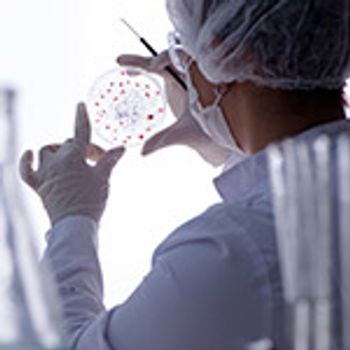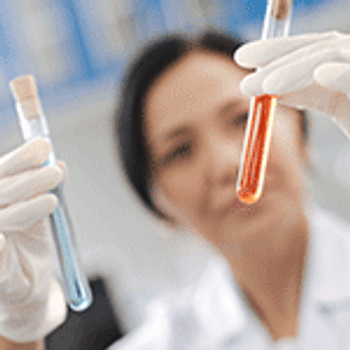
Abzena has launched its AbZelect platforms, designed for improving cell line development.

Abzena has launched its AbZelect platforms, designed for improving cell line development.

Lonza’s new GS Effex cell line can help overcome the challenges of developing therapeutic antibodies with increased potency.

CDMOs are actively exploring and leveraging both new and existing technologies to streamline the cell-line development process at every step.

Cytiva’s acquisition of CEVEC Pharmaceuticals strengthens the company’s cell line development and biomanufacturing capabilities.

Industry adoption of plant-made biologics remains slow, but plant-based technology gains an advantage by mainstream exposure.

The use of bioengineering offers practical tools for the evolution of host cells.

Catalent Biologics has launched its new cell line expression technology, GPEx Lightning, which aims to shorten drug substance development timelines by up to three months.

The company has introduced Opto Assure, a series of assays that provide yield and product quality data at an earlier stage in cell-line development.

Cell-culture optimization may see benefits from a synthetic biology-based approach that improves product titer, quality, and time.

Samsung Biologics has adopted Solentim’s cell seeding and cell metric platforms at its new R&D center in San Francisco, CA.

Mogrify’s new technology platform, EpiMOGRIFY, can predict cellular switches important for determining cell identity, cell maintenance, directed differentiation, and cell conversion.

An innovation such as synthetic biology can develop a consistently stable starting cell line for cell therapy source material.

This article will explore the traditional path from the laboratory to the clinic and how the fixed-bed technology provides an alternative solution to meet commercial demands.

The company has made several moves in recent weeks to expand manufacturing capacity and cell line services.

The candidates will be used by the Vaccine Research Center, part of the National Institute of Allergy and Infectious Diseases at the National Institutes of Health.

Catalent will use its GPEx cell line development technology to create a cell line expressing the recombinant VLP at its Madison, WI facility.

Synthetic biology has advanced the scope and scale with which biologically derived therapeutics can be developed.

Solentim and ATUM will bundle together the Leap-In Transposase platform with the VIPS single cell cloning instrument for cell line development.

This milestone achievement will allow the companies to move forward with developing a GMP-compliant manufacturing process for clinical testing.

The future of raw material sourcing for mAb production may lay in the sustainability of the source and the added benefits of newer technologies.

Abcam has purchased Applied StemCell’s (ASC’s) gene editing platform and oncology product portfolio, adding comprehensive cell editing capabilities and engine to support expansion of existing “off-the-shelf” cell lines.

The next-generation gene editing system can be applied to the development of novel cell and gene therapies.

ProBioGen and Lava Therapeutics have closed the cell line development and manufacturing agreement for Lava’s novel bispecific antibody lead candidate.

Through the collaboration, Charles River plans to expand its suite of authentic human cells by utilizing Bit Bio’s target discovery, validation, and screening services to further the development of therapies with a higher chance of success in patients.

Accelerated approval pathways and growing demand for cell and gene therapies are putting pressure on providers of cellular starting materials, and they must ensure a steady supply.